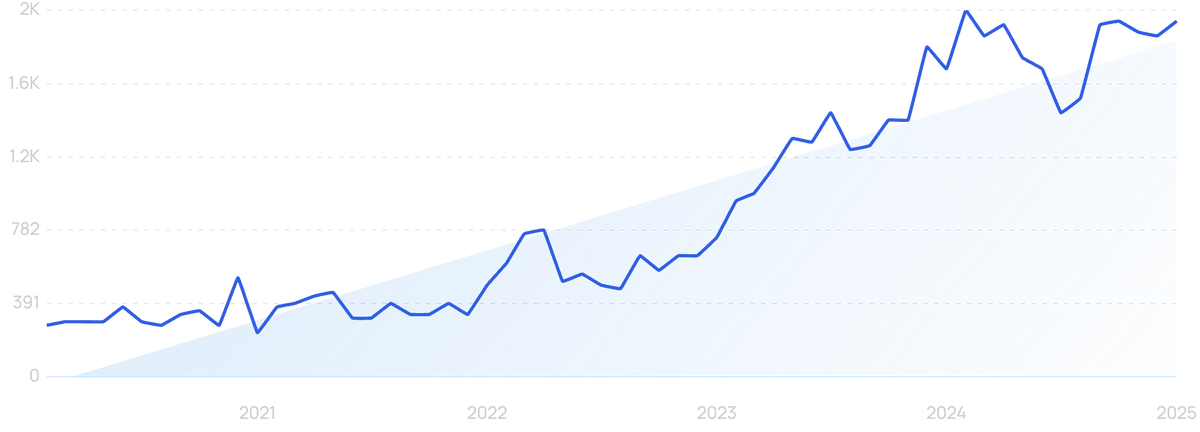Exploring DeepSeek AI: Features, Comparisons to OpenAI, and More

Introduction to DeepSeek
Founded in 2023, DeepSeek is a Chinese startup focusing on the development of artificial intelligence tools, specifically open-source large language models. Within a span of just under two years, DeepSeek has emerged as a prominent contender in the AI landscape, competing with industry giants like OpenAI and Google, but at a significantly reduced cost.
Shortly after launching its first free chatbot application, the mobile app surged to the top of the app store charts in the United States within just two weeks. Moreover, the announcement of DeepSeek’s latest AI model has had a substantial impact on the tech market, resulting in nearly a $1 trillion market capitalization loss among companies such as Nvidia, Oracle, and Meta.
What Is DeepSeek?
DeepSeek operates under the umbrella of High-Flyer, a quantitative hedge fund based in Hangzhou, China. The company’s founder and CEO, Liang Wenfeng, co-established High-Flyer in 2016, which subsequently became DeepSeek’s sole financial backer.
The key highlight of DeepSeek’s offerings is its range of open-source AI models that rival some of the world’s most sophisticated systems, such as ChatGPT from OpenAI, Claude from Anthropic, and Google’s Gemini. Unlike many competitors in the U.S. market, DeepSeek provides free access to its models, emphasizing an affordable and open-source approach. Their training costs are also strikingly lower, with reports indicating that they spent less than $6 million compared to approximately $100 million for developing OpenAI’s GPT-4 model. Due to this low-cost model, DeepSeek has gained significant attention in the tech media, even being referred to as a potential "Sputnik moment for AI" in America.
User Statistics
DeepSeek has garnered over 10 million users since its launch. The application has been downloaded more than 10 million times on the Google Play Store. Reports suggest that DeepSeek models have accumulated over 5 million downloads on platforms like Hugging Face, leading to the creation of numerous derivative models. The rapid uptick in usage can be attributed to the powerful features and open-access nature of their AI, setting a new trend in the AI chatbot space.
Initial Growth Trajectory
Comparing DeepSeek’s growth with that of similar platforms, when ChatGPT was released, it reached 1 million users in just 5 days and 10 million users in 40 days. DeepSeek, although taking 14 days to welcome its first million users, achieved the 10 million user milestone in just 20 days.
Here’s how various platforms fared in reaching 1 million and 10 million users:
| Online Service | Launch Year | Time to 1 Million Users | Time to 10 Million Users |
|---|---|---|---|
| DeepSeek | 2025 | 14 days | 20 days |
| ChatGPT | 2022 | 5 days | 40 days |
| Perplexity AI | 2022 | 2 months | 13 months |
DeepSeek’s ability to achieve significant user engagement within a compressed timeframe showcases its resonance with users.
Product History and AI Models
Since its inception, DeepSeek has released several AI models. The first of these, the DeepSeek Coder, was aimed at programming tasks and utilized 87% code and 13% natural language in its training. The launch of the DeepSeek LLM followed, positioning itself as a general-purpose large language model nearing GPT-4 performance.
Continued innovations led to the development of enhancements like DeepSeek-V2 and DeepSeek-Coder-V2, each providing groundbreaking architectures and parameters to improve efficiency and capability. Most recently, DeepSeek-R1 has emerged, focusing on advanced problem-solving through pure reinforcement learning.
Performance Comparison: DeepSeek Vs. OpenAI
DeepSeek has started to gain traction in the competitive landscape traditionally dominated by OpenAI. In mathematics performance, DeepSeek-R1 has recorded higher scores in tests measuring complex reasoning, outperforming OpenAI’s models in some benchmarks. While both offer robust coding capabilities, DeepSeek-R1 closely competes with OpenAI in various aspects, especially in mathematical reasoning.
Accessibility and Pricing
Accessing DeepSeek is straightforward through various platforms: a web-based interface, an API for developers, and a mobile app available on iOS and Android. Their framework is designed to foster easy integration of AI into applications and is currently free to use.
In terms of costs, DeepSeek’s training of the R1 model was reported at approximately $5.58 million, contrasting sharply with the higher expenditures of major competitors like OpenAI, which spends around $80-100 million. This affordability, coupled with open-source accessibility, presents a compelling alternative for users.
Market Speculations and Concerns
As with any foreign tech entity, particularly from China, there are questions about potential bans and legal challenges in the U.S. context. While investigations by the National Security Council have been mentioned, there has been no definitive indication that DeepSeek will face outright prohibitions. However, limitations enforced by some organizations, like the U.S. Navy, reflect overarching concerns regarding security and ethics.
Evaluating DeepSeek’s Position
DeepSeek’s emergence has sparked discussions on its potential as a serious competitor to established names like ChatGPT. Its advancements in context processing and cost-effectiveness make it attractive for developers. While it’s early days to conclusively determine the front-runner in the AI chatbot race, DeepSeek’s rapid progress points to a dynamic shift within the AI field.




